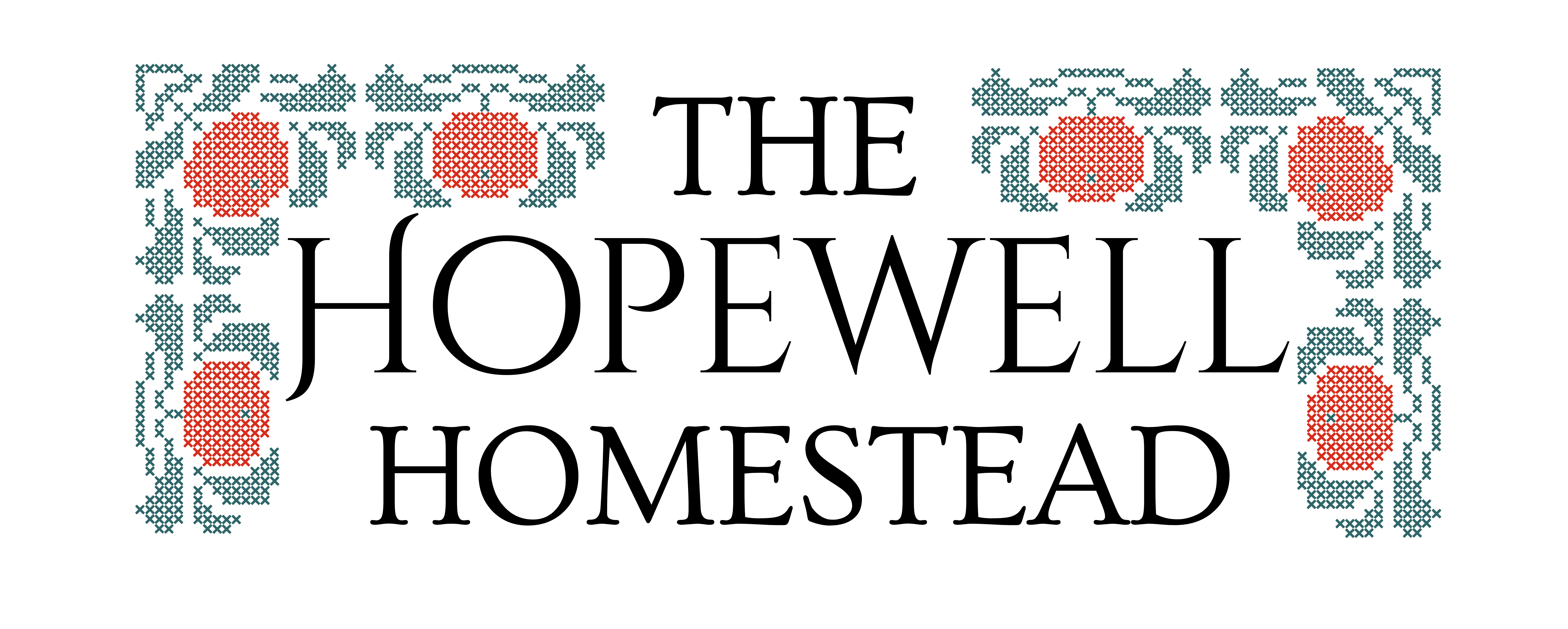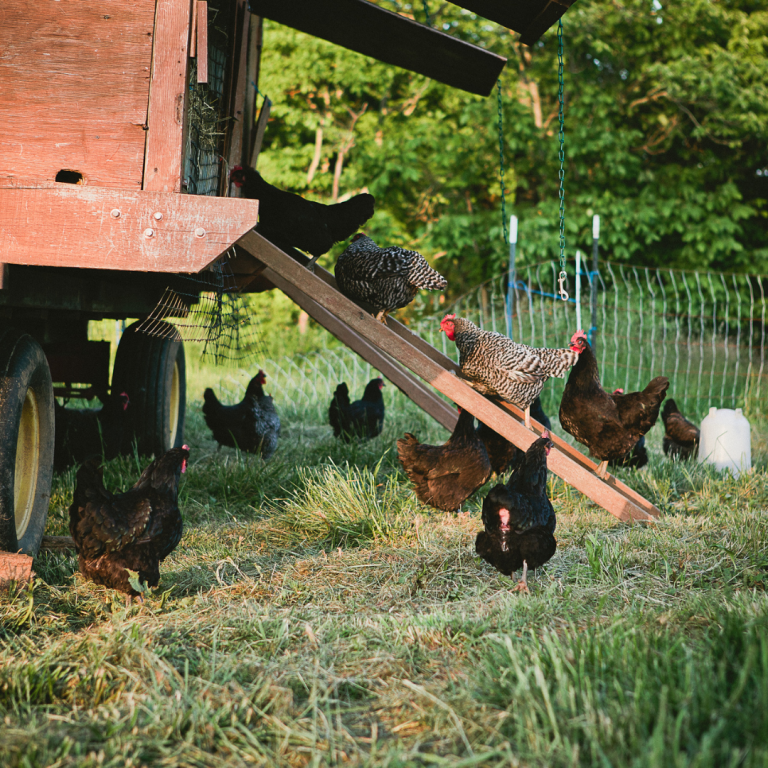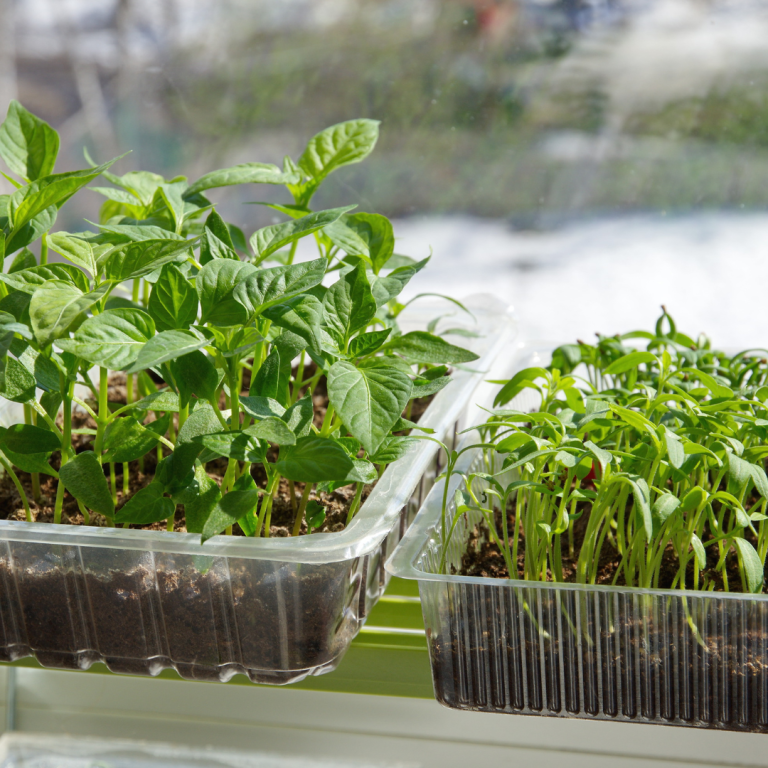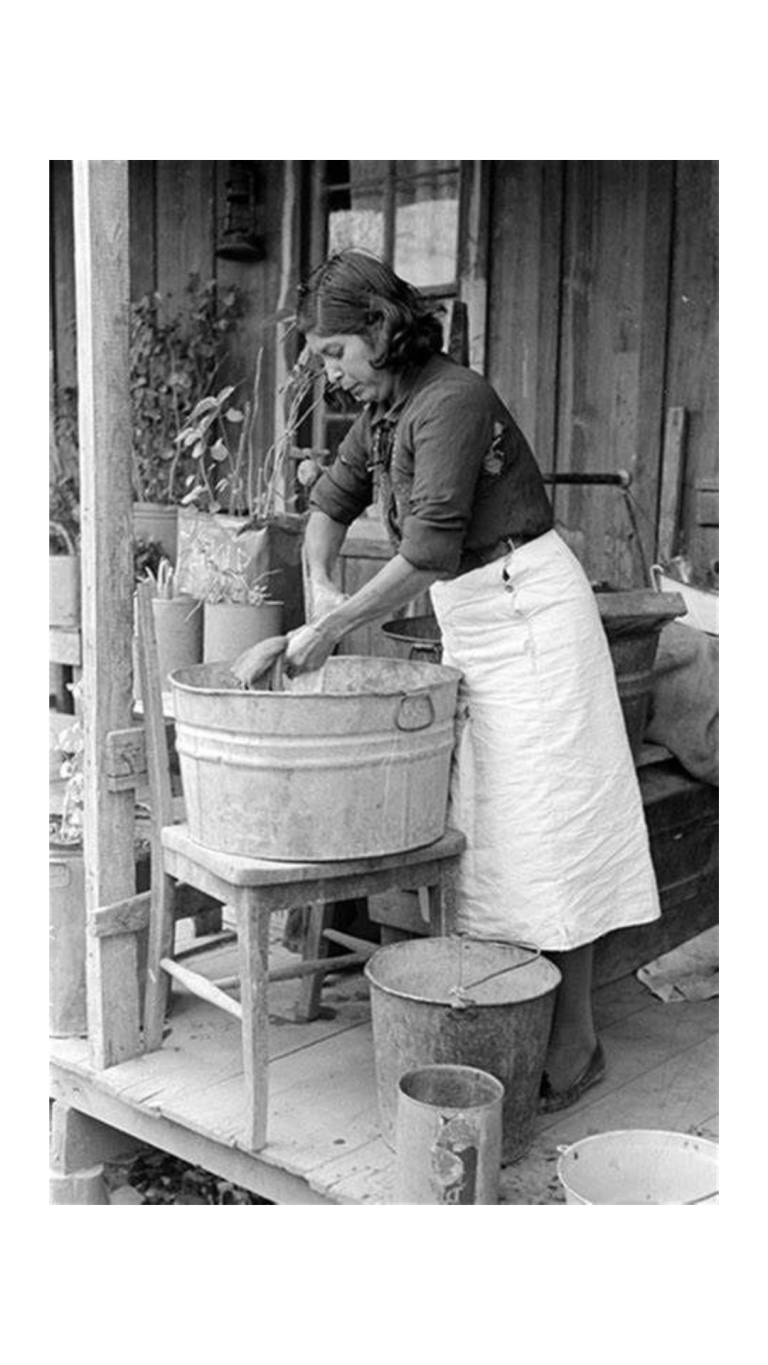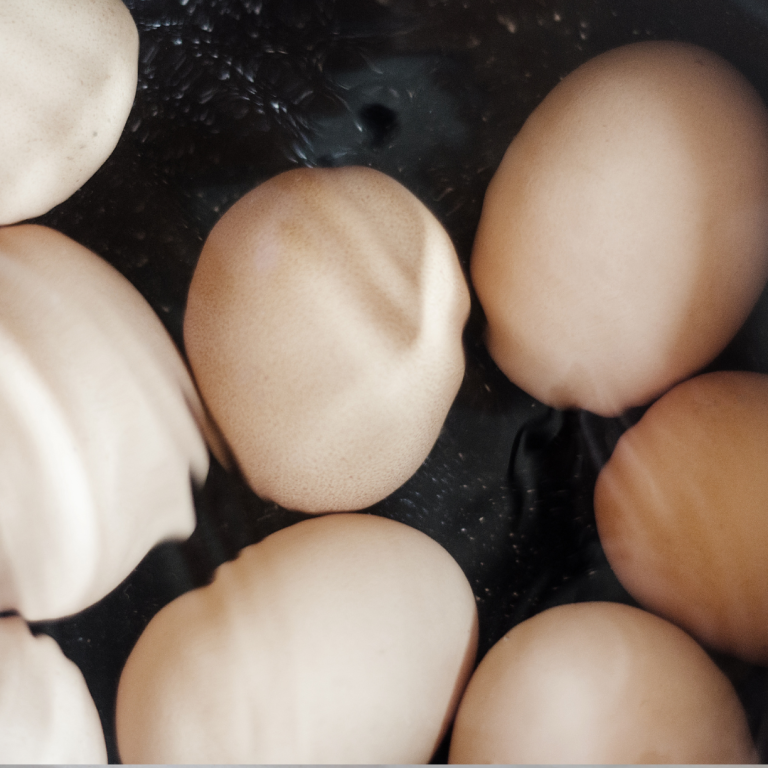When the words “victory garden” are spoken, it’s almost unavoidable to think of beautiful WWII propaganda signs, Rosy the Riveter and other nostalgic and iconic imagery.
The Victory gardens that most are familiar with tend to be from the WWII era here in America but the first Victory Garden actually made it’s debut world wide in World War I (1914-1918). If you enjoy history as a whole or enjoy a bit of statistics and gardening, I recommend reading The ‘War Garden Victorious’ by Charles Lanthrop Pack (affiliate disclosure) for a thorough recounting just 2 years after WWI and what the Victory Garden movement did in America to help bolster our country and our allies abroad during a difficult economic times in history.
Charles Lanthrop Pack (1857-1937) was an expert businessmen in the forestry industry and pioneered the idea of the “victory garden” in America through public education. With his unique set of skills and business mentality, he went on the become the President of the U.S. National War Garden Commission in 1917. The war garden as it was also called, was not only to support Americans on home turf but also had a greater endeavor to support troops overseas and allied troops and countries. Through pamphlets, live demonstrations, volunteers and eager civilians – the victory garden movement helped transform the use of “Slacker land” in urban settings, back yards, church yards, playgrounds and city parks into edible real estate that many benefited from. It wasn’t only the housewife tending the garden, it was also groups like The Girl Scouts and home clubs tending to larger community gardens.
Pack boosted moral by promoting the victory garden as an attainable community-driven solution to stomp out hunger and was in fact a cog in the wheel to win the war. The victory garden concept became wildly popular and carried over into the Great Depression and revived anew during World War II to help off-set the difficulties associated with rationing and scarcity.
I love how the garden became more than just fortified sustenance. It became a movement in the stress of war and economic hardship. It was a place to congregate together and tend when tension was high and it yielded vegetables and sustenance. The garden is still that for so many, including myself. There is a study out there that looked into the benefits of tending a garden and by no surprise, it has wonderful health benefits for the body and the mind. I personally feel the Bible comes to life in my garden as that is where all of humanity began in the book of Genesis and Jesus himself uses growing analogies to help those listening to understanding the Gospels.
No one can deny the benefits of growing a garden but sometimes, the HOW gets in the way and discourages one from even starting. Just like the pamphlet and news bulletins of days gone by, I have put together a simple but thorough garden plan together for you!

This plan is done-for-you meaning you don’t have to worry about the layout, the size, the plants or even how much soil you need to fill your planters! Print it off, read it thoroughly, gather your supplies and execute the plan! It’s that easy.
Highlights of The Backyard Victory Garden Plan:
- Perfect for hot season gardening! No guessing what season is best for which plants.
- A list of Vegetable plants, herbs and flowers and a few alternatives that grow well together and provide beauty for your table top, food for your belly and flavor for all your dishes.
- Fits MOST spaces, this plan is for 2 raised beds but can be adapted to fit your space.
- Visual inspiration, DIY plans or pre-made options on how to make your garden beds uniquely yours.
- Exactly how much soil is needed, what to buy from where and how to set up your raised beds to not deal with weeds.
- How to maintain your beautiful garden for continued Garden Victory!
